Clubfoot usually happens when the tissues that connect muscles to bone in a baby's leg and foot are shorter than normal This causes the foot to point downward and inward Fortunately, the tumor was not cancerous and I was treated with steroids to shrink the tumor I remained at the hospital for one month for treatment and restClostridium difficile (klosTRIDeum difuhSEEL), also known as Clostridioides difficile and often referred to as C difficile or C diff, is a bacterium that can cause symptoms ranging from diarrhea to lifethreatening inflammation of the colonClub foot affects about 1 baby in every 1,000 born in the UK Both feet are affected in about half of these babies It's more common in boys Diagnosing club foot Club foot is usually diagnosed after a baby is born, although it may be spotted during the routine ultrasound scan done between 18 and 21 weeks Diagnosing club foot during pregnancy means you can talk to doctors and find out
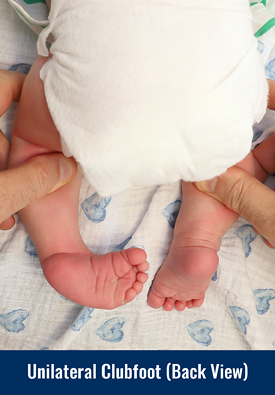
Clubfoot Baltimore Md International Center For Limb Lengthening
Newborn club foot causes
Newborn club foot causes-However, having an older sibling with clubfoot increases a baby's risk of being born with the condition If a boy has a clubfoot, there's a 25 percent chance that his nextborn sibling will have clubfoot, too If a girl has a clubfoot, there's a 65 percent chance that her nextborn sibling will be born with clubfoot Other risk factors include male gender;Positional talipes happens if your baby was a bit squeezed in your womb and one foot or both




Clubfoot Talipes Equinovarus Symptoms Diagnosis And Treatment
Video Club Foot (Talipes) in Babies – Causes, Signs & Treatment What Is Clubfoot? It's not painful for babies but it is treated because otherwise it can cause walking difficulties and pain as your baby gets older Dr Philippa Kaye, expert GP The image above shows, on the right, the position of normally presenting newborn feet and, on the left, an example of bilateral talipes, where both feet point downwards and inwards Can talipes / club foot beClub foot "Vintage engraving from 1864 of Club foot A club foot or clubfoot, also called congenital talipes equinovarus (CTEV), is a congenital deformity involving one foot or both The affected foot looks like it has been rotated internally at the ankle" club foot stock illustrations
Club Foot Causes Causes for clubfoot are not understood But medical professionals do understand that clubfoot is not affected by the fetus' position in the uterus In certain situation, clubfoot may be linked to other inherited abnormalities of the skeleton system, for example spina bifida, which is a severe birth flaw that happens when the tissues which surroundClub Feet Edema of the Feet Menu Menu Normal Hand Crease Most newborns have two major creases on the palm, neither of which completely extend from one side of the palm to the other photo by Janelle Aby, MD Transverse Palmar Crease A common variant, found in approximately 5% of newborns, a transverse palmar crease is frequently inherited as a familial trait Although Clubfoot – baby Causes of the malposition The causes of congenital clubfoot are ultimately not clear Genetic causes are discussed If there is a family predisposition, the risk of having a child with clubfoot is increased The likelihood of having a second child with a clubfoot is about 130 The way the parents behave before or during pregnancy has nothing to do with the
Clubfoot, also called talipes equinovarus, is a birth defect that affects the foot and ankle It's a congenital condition, which means that a baby Common newborn foot abnormalities include metatarsus adductus, clubfoot deformity, calcaneovalgus (flexible flatfoot), congenital vertical talus (rigid flatfoot), and multiple digital deformities Clubfoot Clubfoot is a birth defect that causes a child's foot to point inward instead of forward The condition is normally identified after birth, but doctors can also tell if an unborn baby
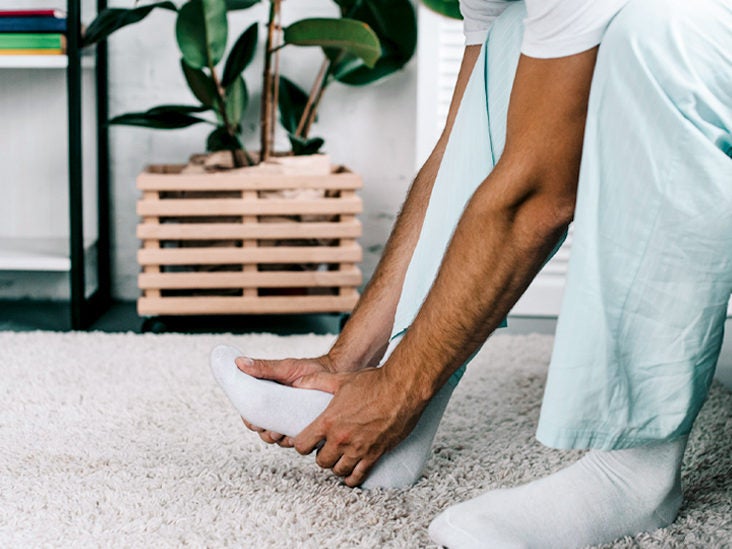



Clubfoot Causes Symptoms And Diagnosis
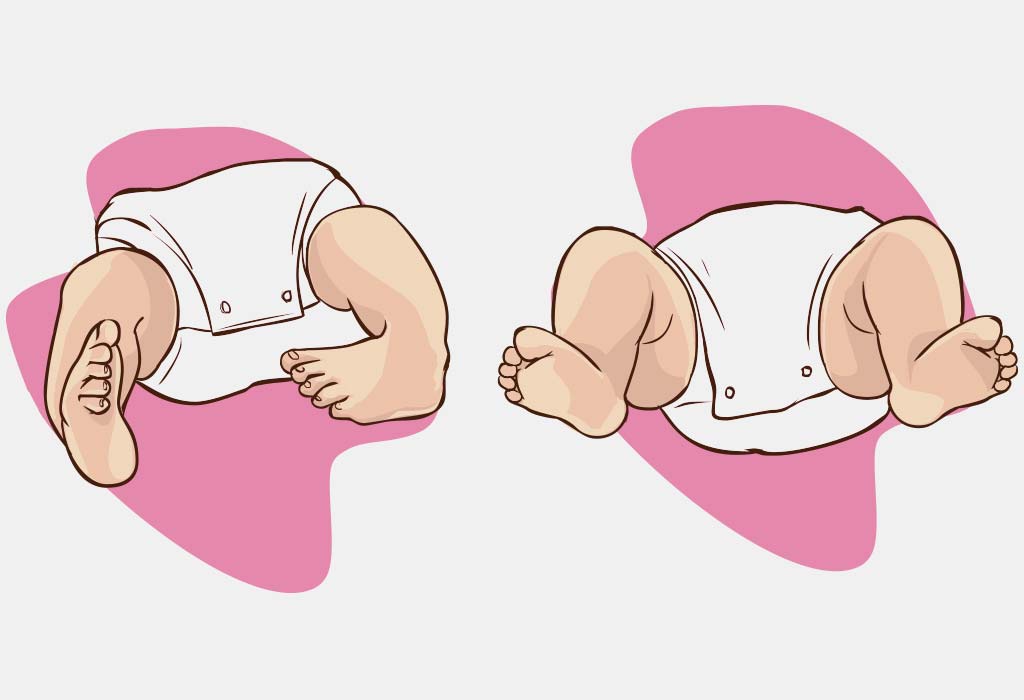



Congenital Talipes Equinovarus Or Clubfoot Causes And Treatment
While club foot is clear to see when the baby is born, it may be diagnosed before birth if seen on an ultrasound scan While it can't be treated until the baby is born, knowing what to expect can help the parents plan treatment What are the causes of club foot?A baby with club foot has a foot that resembles the end of a golf club (hence its name) The heel points down and the front half of the foot turns in The Achilles tendon (tissue that connects the heel to the muscles of the lower leg) is very tight, and calf muscles are smaller than normal Club foot affects the bones, blood vessels, muscles and tendons in the child's foot It can happen inClubfoot is a common type of birth defect that affects muscles and bones in the feet Instead of being straight, a clubfoot points down and turns in This twisting causes the toes to point toward the opposite leg A baby can be born with the defect in one or both feet A clubfoot isn't painful and won't cause health problems until a child




To Parents Of Children Born With Clubfeet University Of Iowa Stead Family Children S Hospital




Uncommon Iii Grade Clubfoot Congenital Talipes Equinovarus Cte In Download Scientific Diagram
Club foot is the condition of foot deformity of the newborn child in which either or both the feet will be twisted or bent towards the toes inward The word "clubfoot" refers to the shape of head of golf club and that is how the shape of newborn child looks like Clubfoot is invariably genetic defect inherited by birth The foot is twisted from normal position to a sharpAlthough not lifethreatening, clubfoot, a nontraumatic deviation of the foot, makes a strong impact on the infant, parents, and family Serial casting with or without surgical intervention makeSurgery may be required to correct the hoof to obtain a positive outcome for your young foal Club foot often affects the forelimbs in most cases, whereby the hoof has a deformed shape, making walking difficult or painful Club Foot Average Cost From 568 quotes ranging from $2,000 $5,000 Average Cost
/clubfoot_before002-56a6fb5f5f9b58b7d0e5d484.jpg)



Photos Of Babies With A Clubfoot
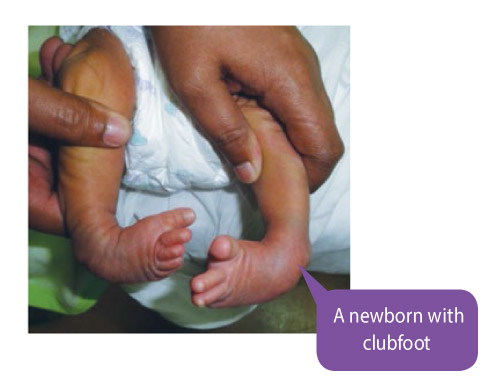



Untreated Clubfoot In Children Can Cause Lifetime Disability Expert Educates Nigerian Parents On The Birth Defect Motherhood In Style Magazine
Also known as talipes equinovarus, idiopathic clubfoot is the most common type of clubfoot and is present at birth This congenital anomaly is seen in one out of every 1,000 babies, with half of the cases of club foot involving only one foot There is currently no known cause of idiopathic clubfoot, but baby boys are twice as likely to have clubfoot compared to baby girlsIt is not clear what causes club foot It may be due to an abnormality in the development of the soft tissues and bones of the ankle and foot Club feet are more common in some families or cultural groups It is likely that there is a genetic component However, this has not yet been proven How is club foot diagnosed? Casting A baby's tendons bend and stretch very easily, so doctors are able to turn the clubfoot in the right direction to help correct the




To Parents Of Children Born With Clubfeet University Of Iowa Stead Family Children S Hospital
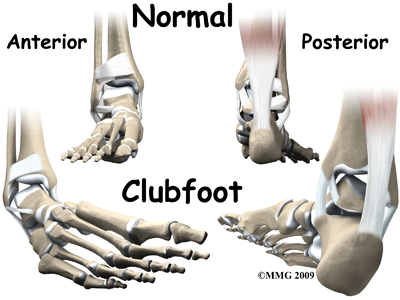



Physical Therapy In Plymouth For Pediatric Issues Clubfoot
Clubfoot is a congenital condition (present at birth) that causes a baby's foot to turn inward or downward It can be mild or severe and occur in one or both feet In babies who have clubfoot, the tendons that connect their leg muscles to their heel are too short These tight tendons cause the foot to twist out of shape Clubfoot is one of the most common congenital birthClubfoot is a deformity of the foot and lower leg It's when one or both feet are turned inward Children with a family history of the condition are more likely to be born with it Clubfoot causes the heel to point downward while the front half of the foot (forefoot) turns inward The foot is usually short and broad in appearance Clubfoot refers to a condition in which a newborn's foot or feet appear to be rotated internally at the ankle The foot points down and inwards, and the soles of the feet face each other
:max_bytes(150000):strip_icc()/GettyImages-976611000-781e705fad0e43aca41e5f5fc82f7b7e.jpg)



Learn About Clubfoot Deformity In Newborns
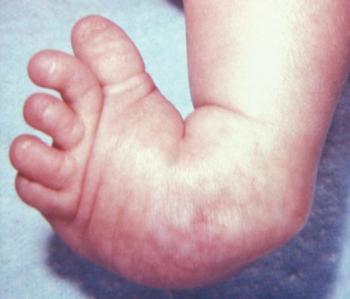



Clubfoot Causes And Treatments
Club foot can cause significant problems as the child grows But with early treatment most children born with club foot are able to lead a normal life What causes club foot? baby to grow properly, this may cause clubfoot Either way, the true cause is still unknown, although if does run in the family, your baby is more likely to have it Treatment Normally, your baby will start treatment within the first week from birth Most doctors follow the Ponseti Method of treatment, which involves casting and a braceThe causes of club foot are poorly understood, but there may be a genetic component, as it seems to run in family Treatments for




Clubfoot
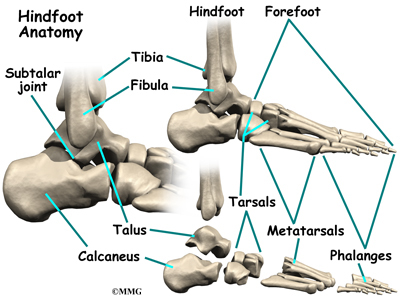



Conditions And Treatments
Clubfoot is a birth defect of the foot that may affect your baby's ability to walk normally Clubfoot causes one or both feet to twist into an abnormal position, and can be mild or serious Learn how clubfoot is treatedClub foot can cause significant problems as the child grows But with early treatment most children born with club foot are able to lead a normal life What causes club foot?While clubfoot doesn't cause a newborn baby any pain, it will cause serious problems as your child grows It will dramatically affect your child's walk because he or she will not be able to put their clubfoot flat on the floor Without treatment, clubfoot will not straighten itself out Babies do not grow out of clubfoot If your baby does not have its clubfoot corrected, then the leg with




Club Foot
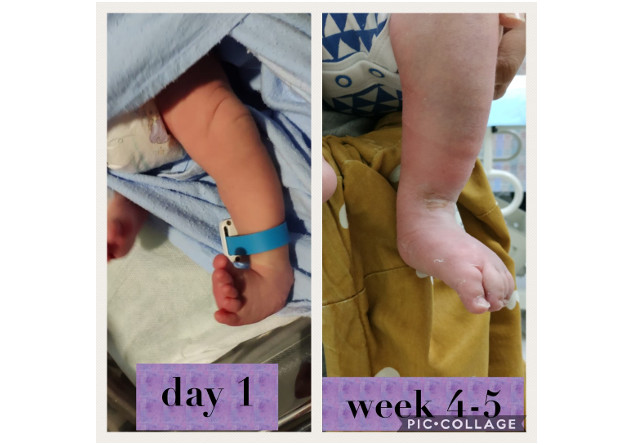



My Baby Has Clubfoot
Clubfoot actually describes an array of foot deformities that cause your newborn baby's feet to be twisted, pointing down and inward About half of babies with clubfoot have it in both feet Boys have clubfeet nearly twice as often as girls 1 Approximately 1 to 4 babies in 1,000 are born with clubfoot 2 Boys are born with clubfootAbout 50% of cases can be detected by
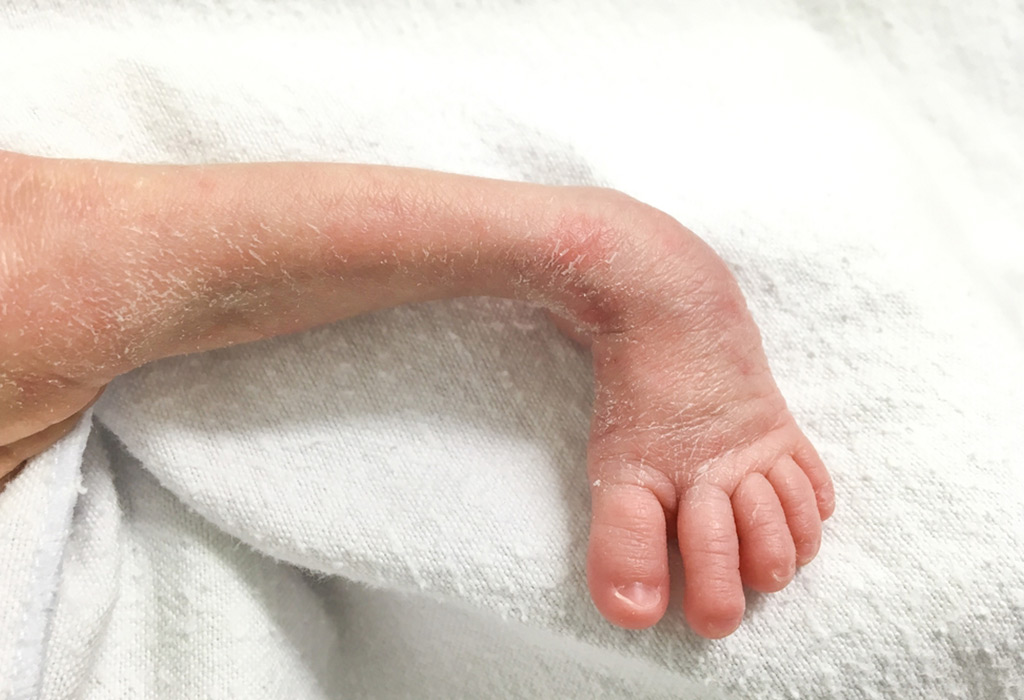



Club Foot In Infants Reasons Signs Remedies




Club Foot Symptoms And Treatment
Newborn club foot causes Clubfoot is a birth defect where one or both feet are rotated inward and downward The affected foot and leg may be smaller in size compared to the other Approximately 50% of cases of clubfoot affect both feet Most of the time, it is not associated with other problems Without treatment, the foot remains deformed, and people walk on the sides of their feet Clubfoot Causes of clubfoot Clubfoot is a congenital condition This means it's present at birth It happens when a baby's foot and leg muscles, ligaments and tendons don't develop properly while the baby is in the womb Clubfoot is thought to be a genetic condition It happens twice as often in boys than girlsClubfoot, or congenital talipes equinovarus, is a congenital foot deformity, where the baby's foot is twisted because the tissues that connect the muscle to the bones are shorter than usual A child can be born with the condition in a single foot, or with a bilateral clubfoot, where both feet of the baby



Clubfoot Orthoinfo os



1
What causes club foot?In some cases, club foot is just the result of the position of the baby while it is developing in the mother's womb (postural club foot) But more often club foot is caused by a combination of genetic and environmentalThe short length of the affected leg could cause




What Is Clubfoot Stanford Children S Health
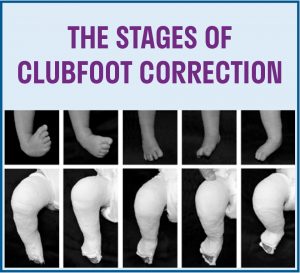



Treatment Strategies Paley Orthopedic Spine Institute
Club Foot Talipes equinovarus (once called club foot) is a deformity of the foot and ankle that a baby can be born with It is not clear exactly what causes talipes In most cases, it is diagnosed by the typical appearance of a baby's foot after they are born The Ponseti method is now a widely used treatment for talipesIn clubfoot, the tendons that connect the leg muscles to the foot bones are short and tight, causing the foot to twist inward Around 12 babies per 1,000 are born with the clubfoot, making it one of the more common congenital (present at birth) foot deformities 1) Although clubfoot is diagnosed at birth, many cases are first detected during aIn some cases, club foot is just the result of the position of the baby while it is developing in the mother's womb (postural club foot) But more often club foot is caused by a combination of genetic and environmental




Clubfoot Talipes Equinovarus Symptoms Diagnosis And Treatment




Clubfoot Healthdirect
Complications Of Clubfoot In Babies Clubfoot alone does not cause any complication until your baby reaches the age of standing or walking The anomaly in the foot and the associated anomalies may cause the following complications Movement difficulties may occur due to less flexibility of the affected foot;Not all experts agree on congenital clubfoot causes Some believe clubfoot develops because of an abnormally shaped anklebone Others think clubfoot happens because of abnormal nerve function in the leg, or because of abnormal tissues in the muscles and tendons of the foot Although it might be a genetic condition, most families show no clear medical history of clubfoot Many of Clubfoot is a congenital foot abnormality in which the newborns' foot is twisted sidewards towards the opposite leg According to the National Institutes of Health, one in every 1000 infants is born with clubfoot, which causes them many physical problems at a later stage of life if not treated early
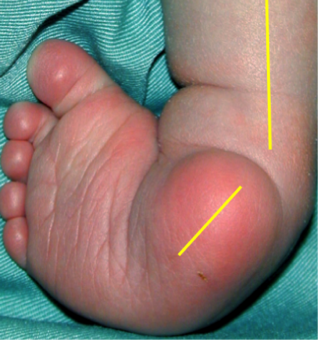



Assessing Children With Clubfoot Physiopedia
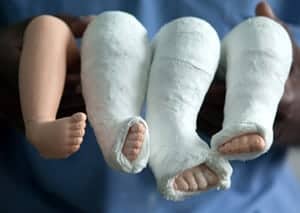



Children S Clubfoot Treatment Causes Pediatric Foot Ankle
Causes of club foot In most cases the cause of club foot is not known There may be a genetic link as it can run in families If you have one child with club foot or feet, your chance of having a 2nd child with the condition is about 1 in 35 If 1 parent has a club foot, there's about a 1 in 30 chance of your baby having itCongenital talipes equinovarus – or clubfoot – is a common paediatric condition occurring in one per 1000 births1 The cause is unknown, and up to 75% of cases have no family history of the condition 1 Clubfoot occurs twice as often in males and is bilateral (Figure 1) in up to 50% of cases 2–4 Clubfoot is a deformity characterised by structural equinus (pointing down), adductusCongenital talipes equinovarus (CTE), also known as club foot, when a baby's feet and ankles are bent because he's grown that way Syndromic talipes, where a baby has CTE that is associated with another congenital condition (Lowth 17a, b, NHS 18) What causes positional talipes?




Clubfoot Boston Children S Hospital




Chromosomal Abnormality Found For Inherited Clubfoot The Source Washington University In St Louis



Clubfoot Treatment In Broward Palm Beach Florida Foot Ankle




Club Foot




Marlowe S Clubfoot Journey How One Mom Went From Devastated To Reassured Children S Wisconsin




Club Foot Nhs




What A Paediatrician Should Know About Congenital Clubfoot Italian Journal Of Pediatrics Full Text



Clubfoot Symptoms Stages Definition Description Demographics Causes And Symptoms Diagnosis




2 Clubfoot Stock Photos Pictures Royalty Free Images Istock
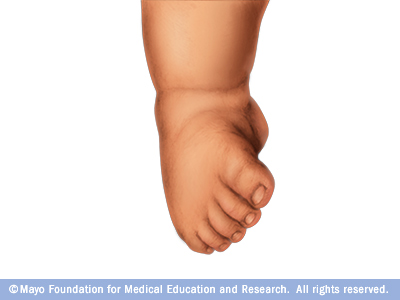



Clubfoot Middlesex Health




Talipes Club Foot Doctors Australia
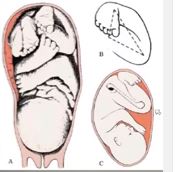



Introduction To Clubfoot Physiopedia




Clubfoot Healthing Ca




Clubfoot Baltimore Md International Center For Limb Lengthening
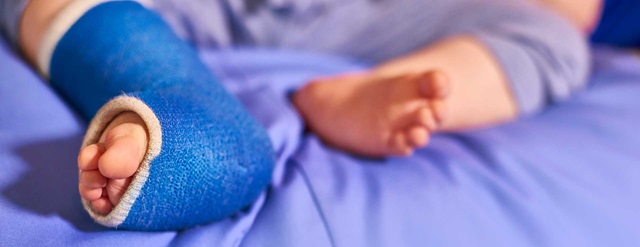



Clubfoot Johns Hopkins Medicine




Clubfoot Children S Orthopaedic And Scoliosis Surgery Associates Llp
:max_bytes(150000):strip_icc()/clubfoot_after-56a6fb603df78cf7729142e6.jpg)



Photos Of Babies With A Clubfoot




To Parents Of Children Born With Clubfeet University Of Iowa Stead Family Children S Hospital
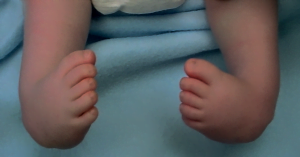



Congenital Clubfoot Prof Nicola Portinaro Orthopedic Suregon
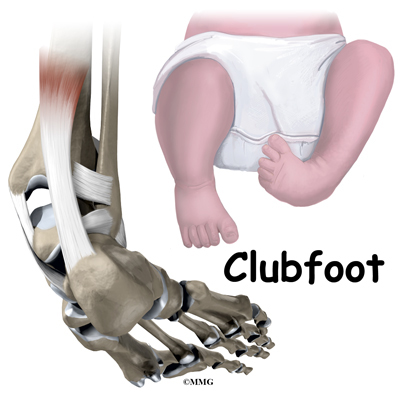



Clubfoot Eorthopod Com
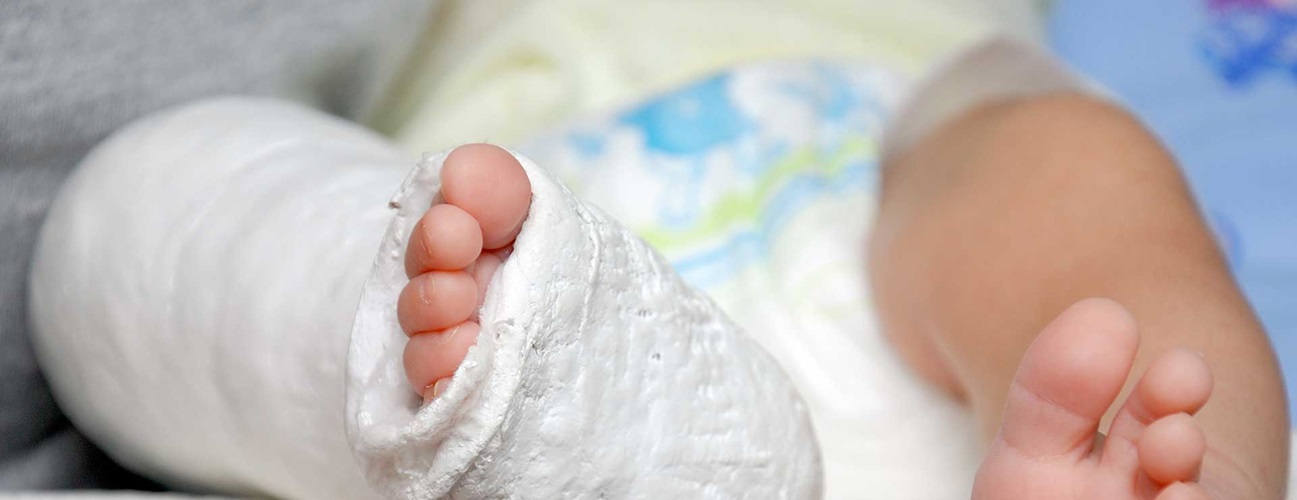



Metatarsus Adductus Johns Hopkins Medicine



Clubfoot Orthoinfo os




Why Leave A Clubfoot For Later
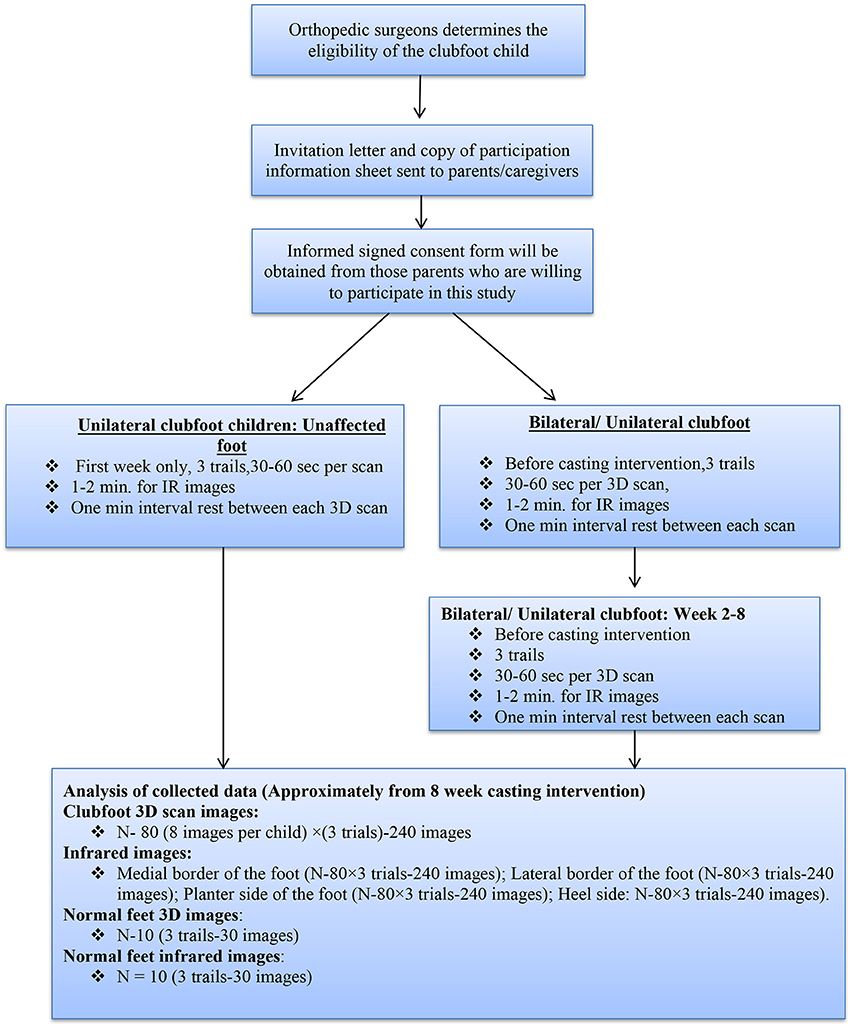



Frontiers Developing A Three Dimensional 3d Assessment Method For Clubfoot A Study Protocol Physiology



Clubfoot In Newborns Paedicare Paediatricians




Congenital Clubfoot Early Recognition And Conservative Management For Preventing Late Disabilities Springerlink




Club Foot In Infants Reasons Signs Remedies



Clubfoot Orthoinfo os




Clubfoot Symptoms Causes Risk Factors Treatment
:max_bytes(150000):strip_icc()/GettyImages-976611020-532e1800b14b4c89aec1f2f6a855f199.jpg)



Newborn Baby Foot Problems And Deformities



A Pair Of Shoes Can Change A Life Our Clubfoot Journey
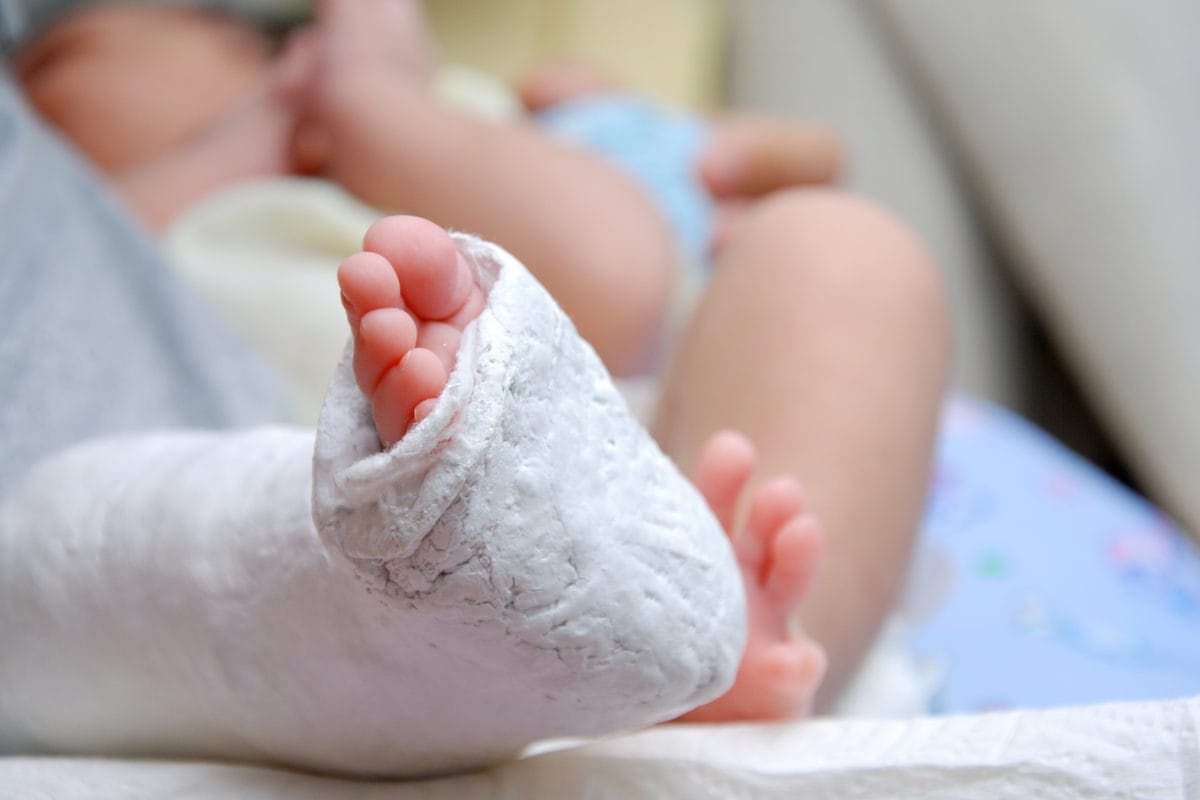



What Is Clubfoot Symptoms And Treatment Familydoctor Org
/clubfoot_baby-56a6fb5d5f9b58b7d0e5d472.jpg)



Photos Of Babies With A Clubfoot
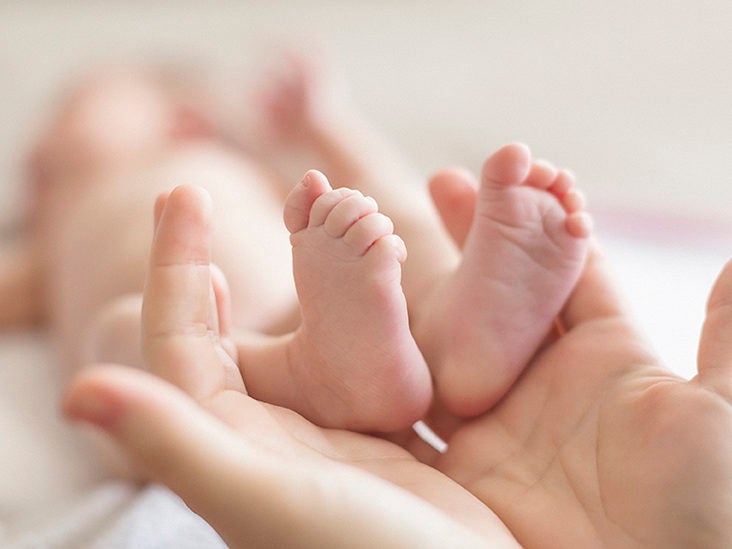



Clubfoot Causes Symptoms And Diagnosis
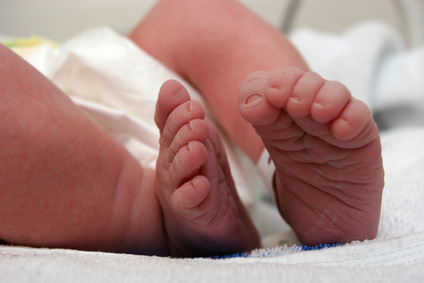



Talipes Club Foot Parents Powwow
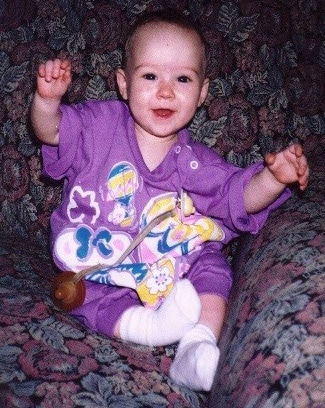



Real Stories Living With Clubfoot Cdc
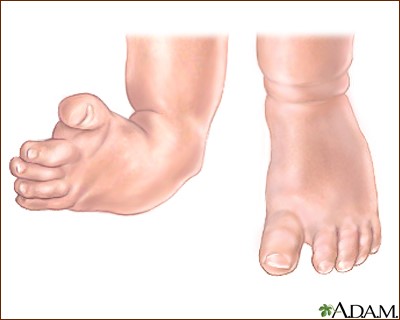



Antidepressants And Clubfoot Birth Defect
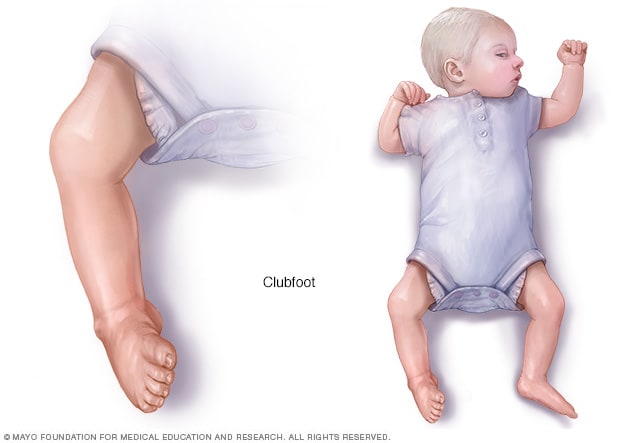



Clubfoot Symptoms And Causes Mayo Clinic



Clubfoot Orthoinfo os
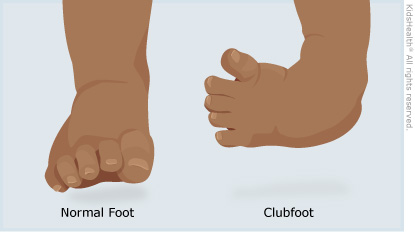



Clubfoot For Parents Nemours Kidshealth



Clubfoot Orthoinfo os




Canvassing Support Helping Children With Clubfoot c News
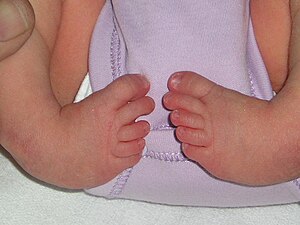



Clubfoot Wikipedia




Overcoming Clubfoot One Mom S Story Parents



About Clubfoot
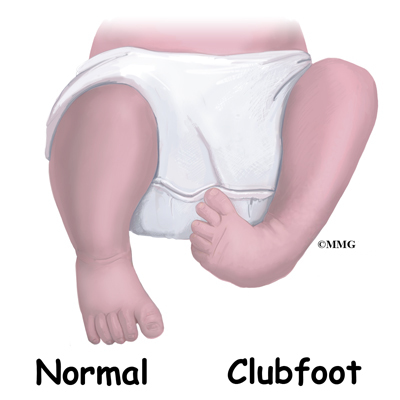



Conditions And Treatments



1




The Feet Of A Newborn With Congenital Talipes Equinovarus Deformity Download Scientific Diagram




Clubfoot Orthopaedia



1




My Journey With Baby S Positional Clubfoot Part 1 Baby Gizmo
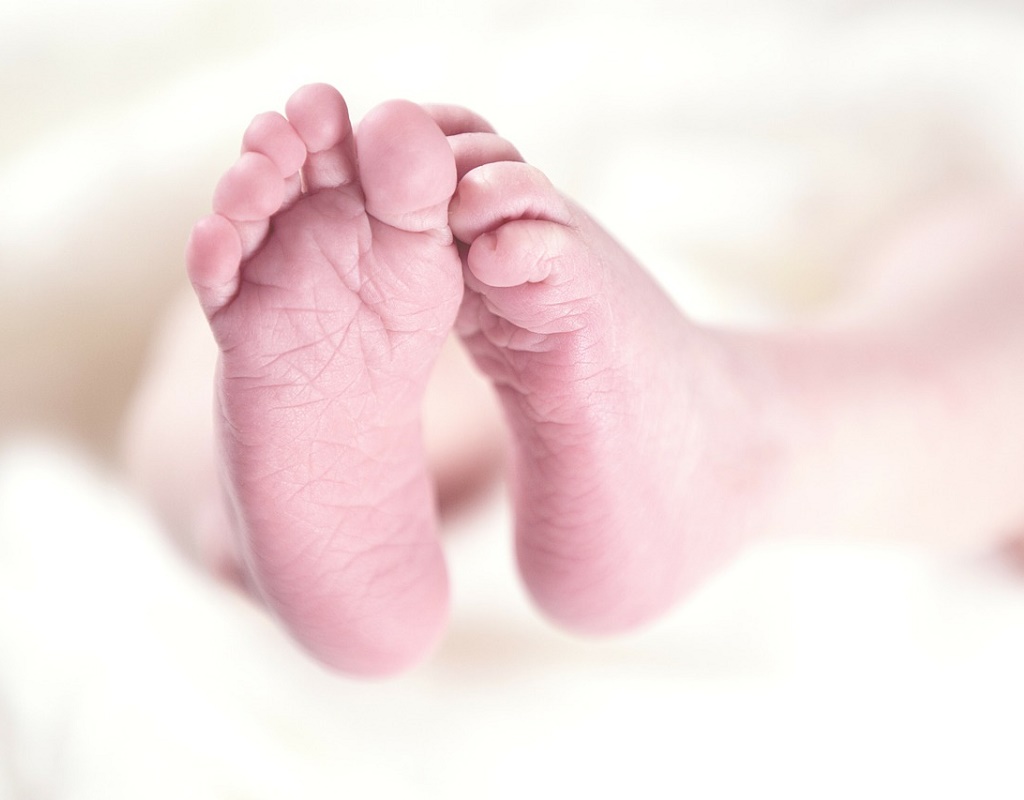



Club Foot Cause And Treatment Family Health Kidspot




Clubfoot In Children Lurie Children S
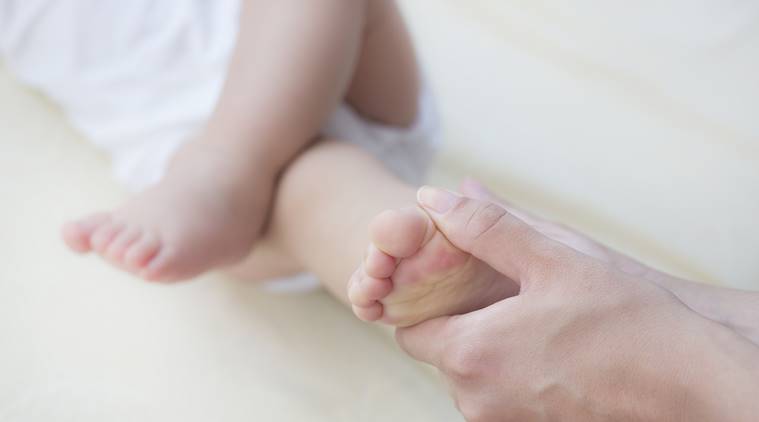



Treating Clubfoot Early May Help A Child Walk Normally Parenting News The Indian Express



Before Going To Doctor Which Must Know About Clubfoot Rxharun
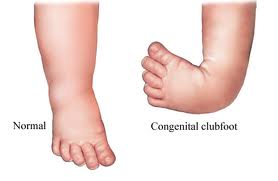



Introduction To Clubfoot Physiopedia



Club Foot




Clubfoot In Newborns Causes Symptoms Diagnostics Schoen Clinic
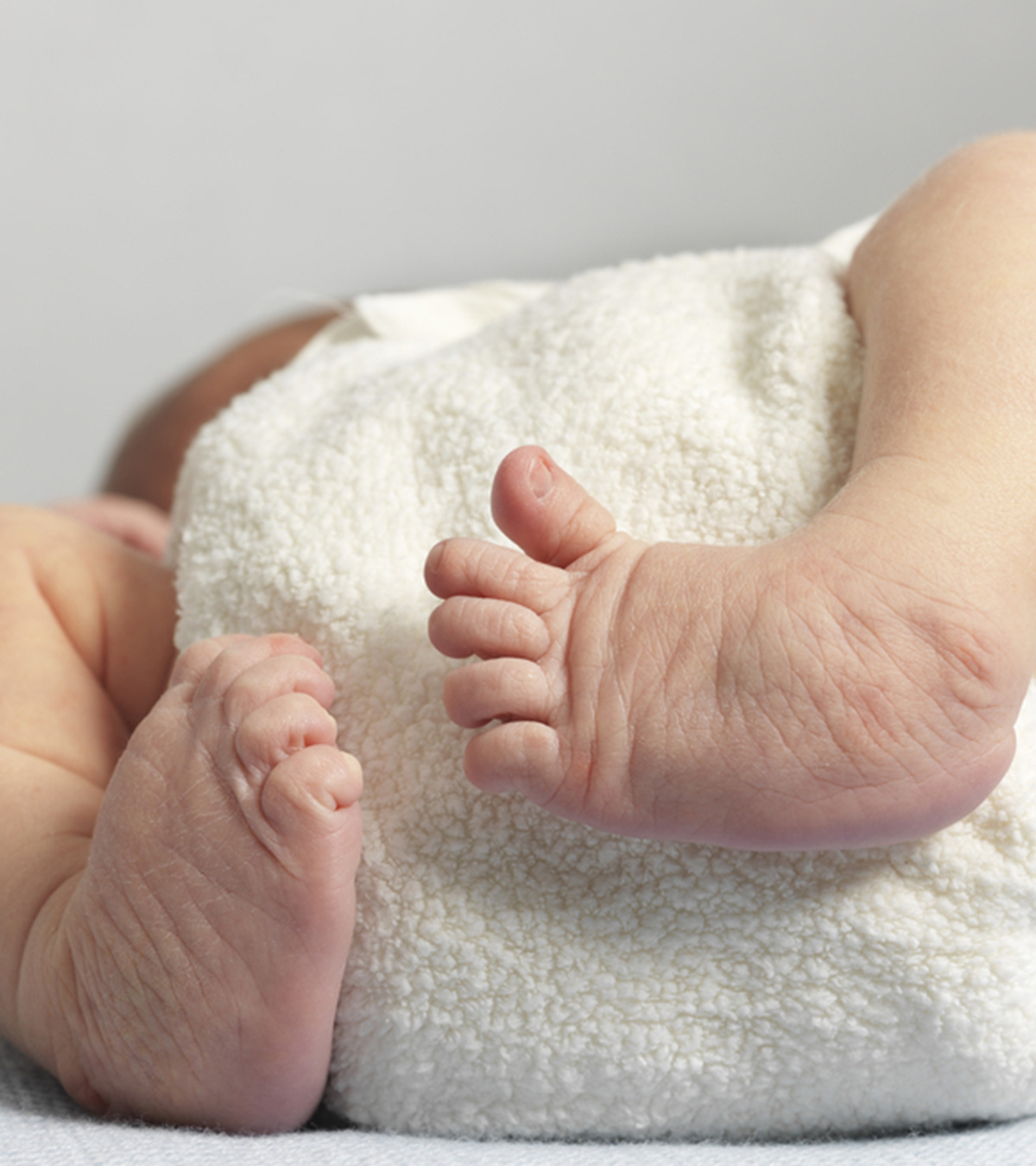



Clubfoot In Baby Causes Diagnosis Treatment Pictures




Clubfoot Boston Children S Hospital




June 3rd World Clubfoot Day




Clubfoot Treatment Causes Symptoms Diagnosis



Clubfoot Barts Kids Bones



Clubfoot Orthoinfo os
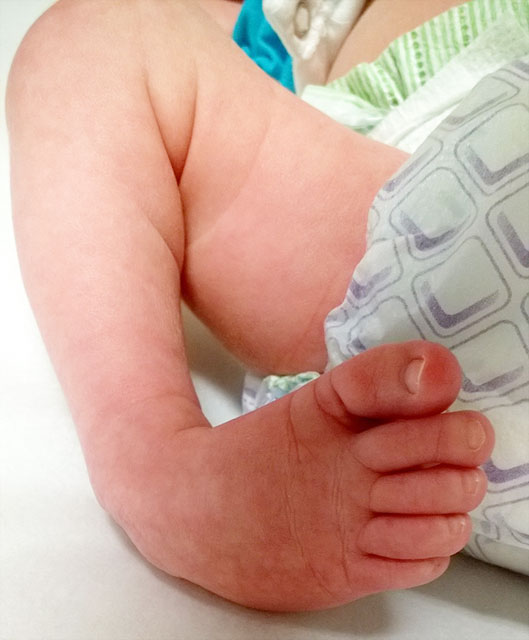



Clubfoot Johns Hopkins Medicine



Clubfoot Orthoinfo os




Clubfoot Global Clubfoot Initiative



3




Positional Clubfoot




Clubfoot Phenotype In Pma Pma Mice Human Newborn With Congenital Download Scientific Diagram




Clubfoot Congenital Talipes Equinovarus




Talipes Babycentre Uk




Talipes Club Foot Doctors Australia




Clubfoot Causes Symptoms And Diagnosis
:max_bytes(150000):strip_icc()/clubfoot_before-56a6fb603df78cf7729142e3.jpg)



Photos Of Babies With A Clubfoot
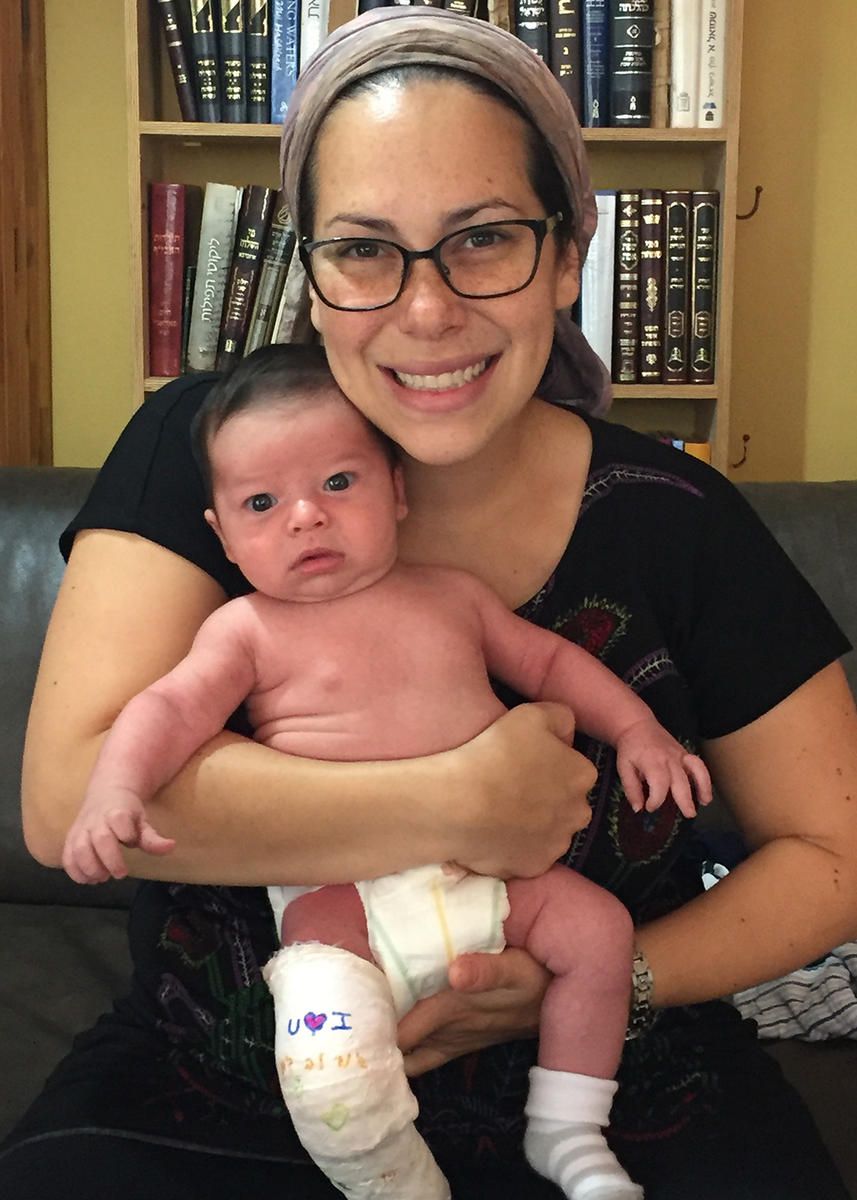



Overcoming Clubfoot One Mom S Story Parents
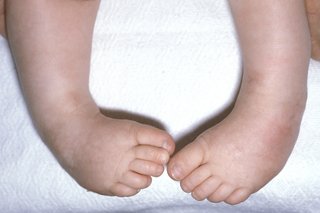



Club Foot Nhs
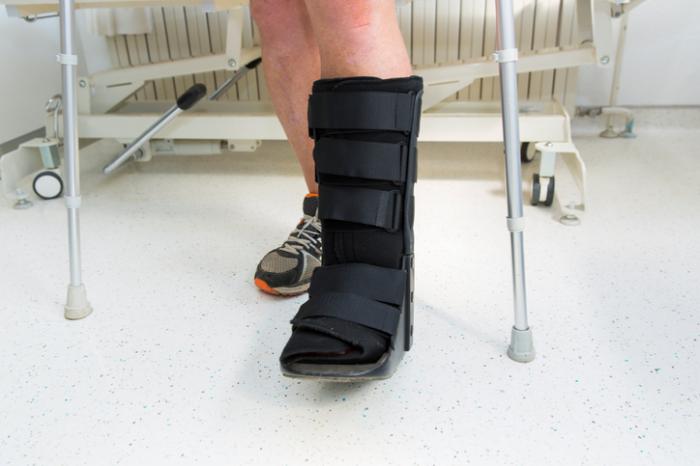



Clubfoot Causes And Treatments
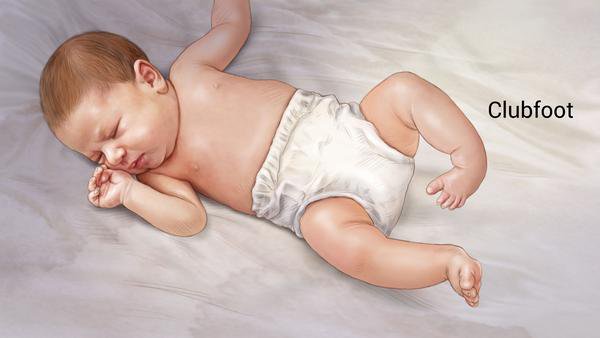



A Moms Tips On Dealing With Clubfoot Things To Do With Kids Things To Do With Kids
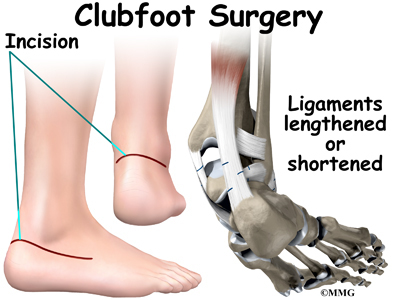



Conditions And Treatments



0 件のコメント:
コメントを投稿